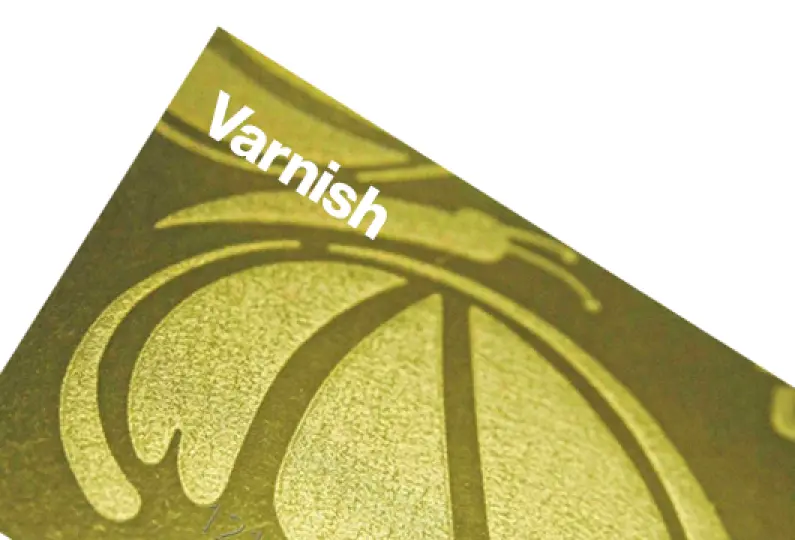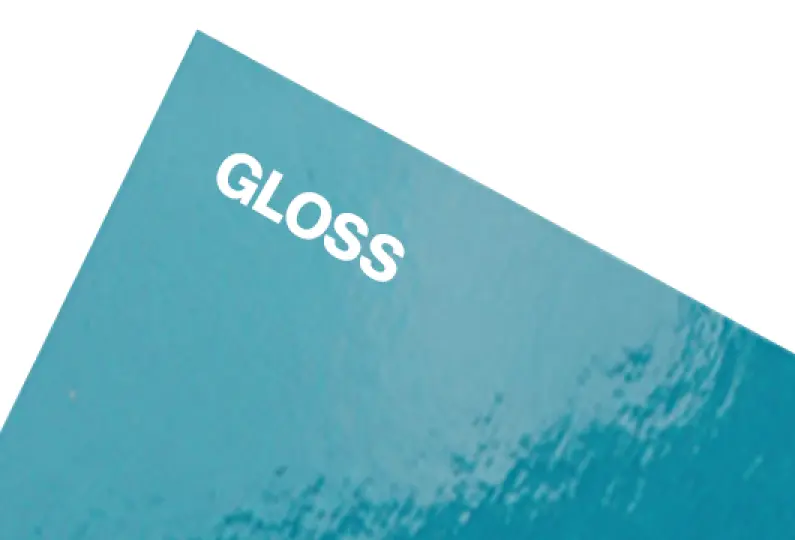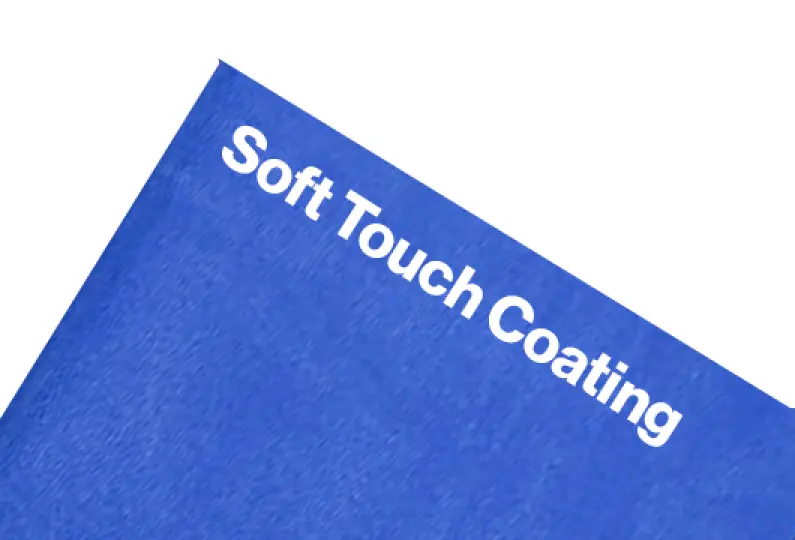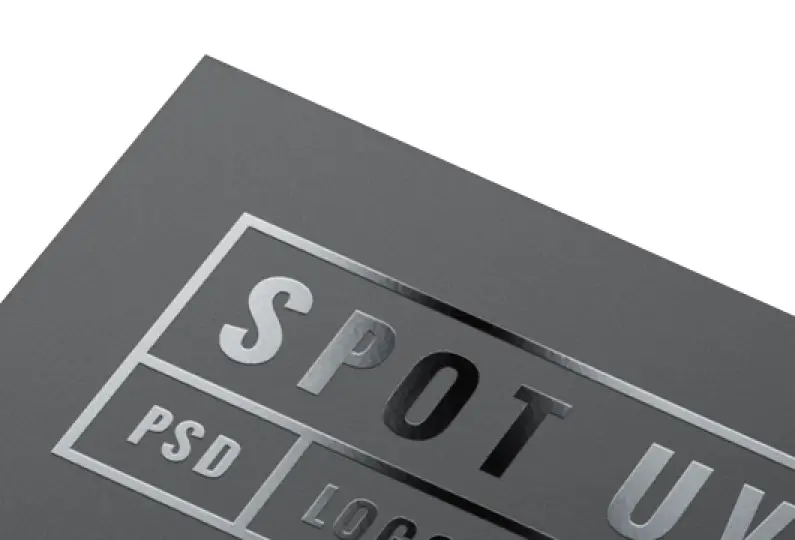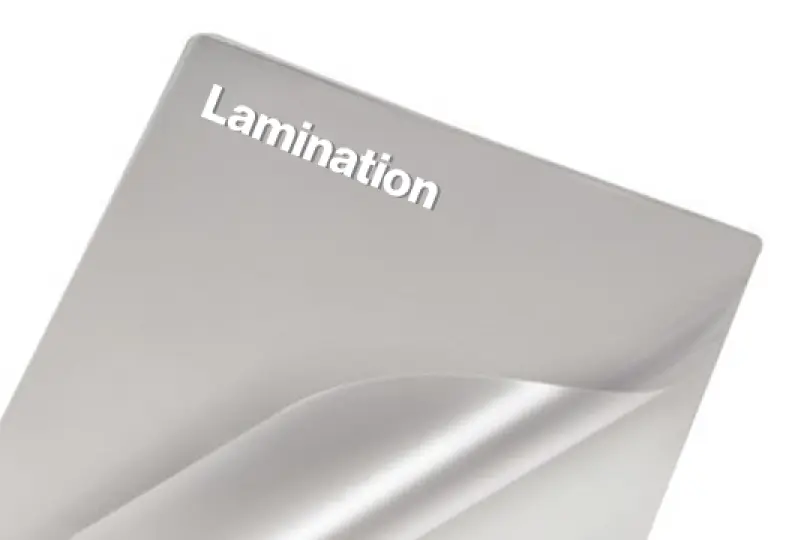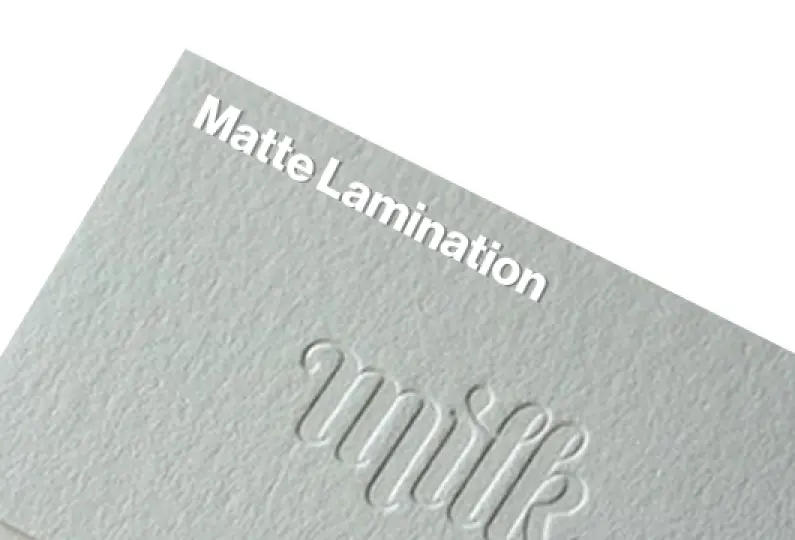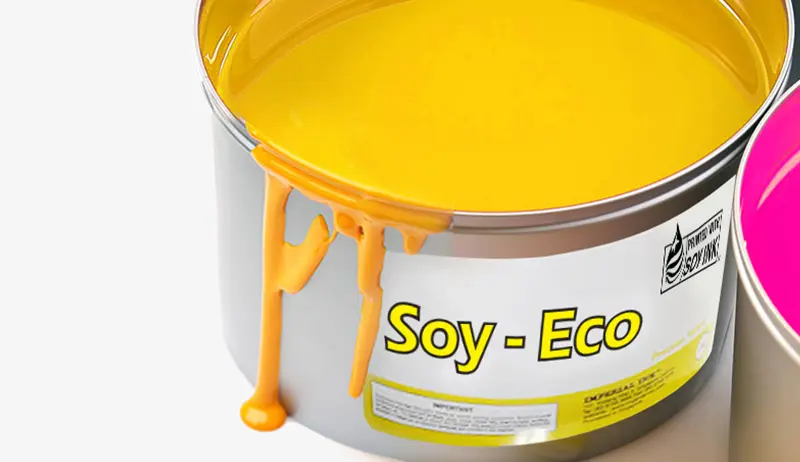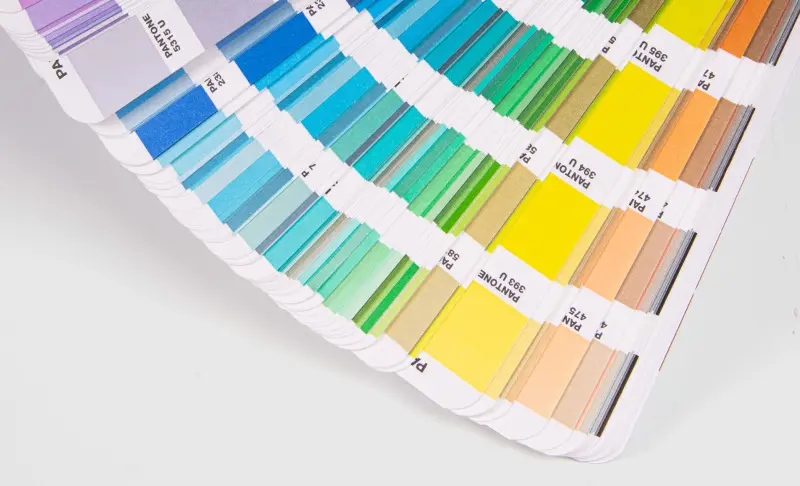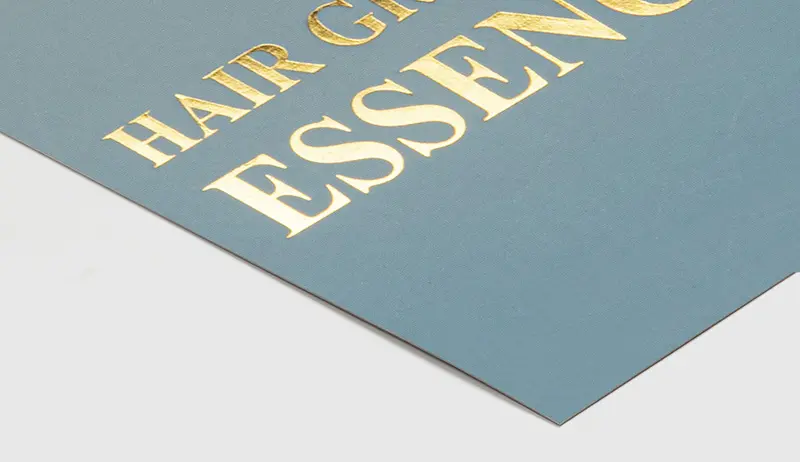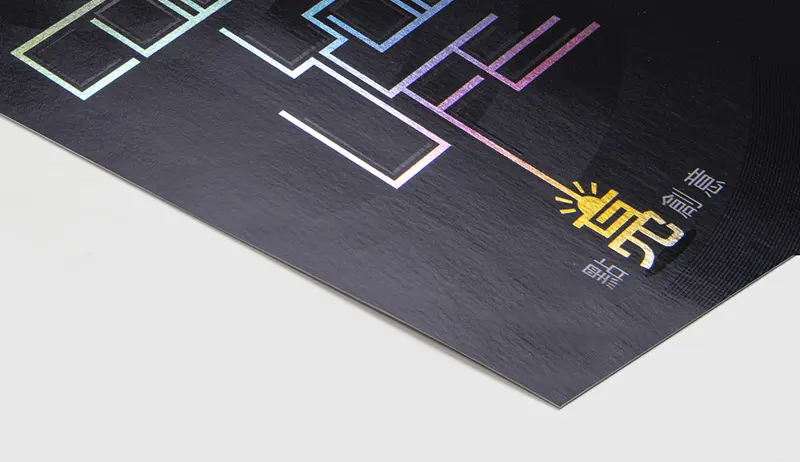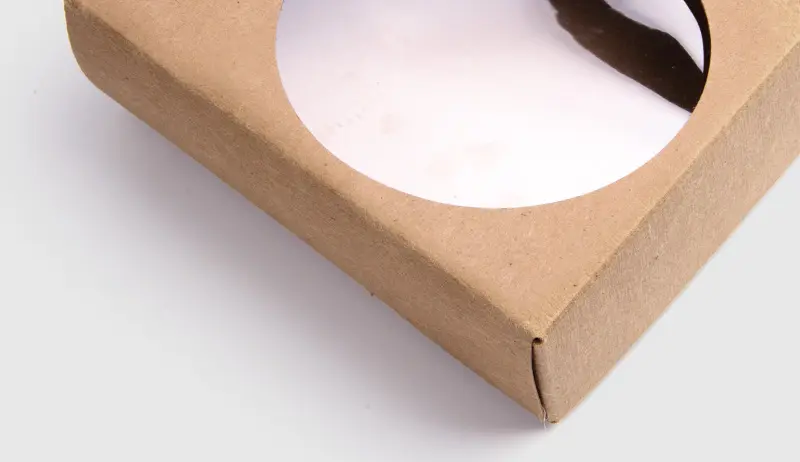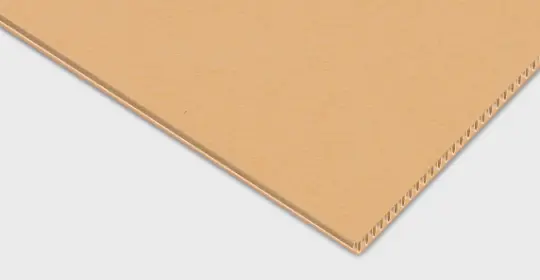Creating a Greener Future Sustainable Pet Bottles, Labels, and Packaging for Dairy Products.

Introduction: In the quest for a more sustainable future, businesses across various industries are reevaluating their practices, and the dairy industry is no exception. Packaging plays a pivotal role in the environmental impact of dairy products, prompting companies to explore innovative ways to make their pet bottles, labels, and packaging more eco-friendly. In this blog post, we'll delve into key considerations and approaches for creating sustainable packaging solutions for dairy products.
Materials Matter: Sustainable packaging begins with the materials used. Consider opting for biodegradable or compostable materials for both bottles and labels. The use of recycled PET (rPET) for bottle production is also a step in the right direction, as it reduces the demand for virgin plastic and minimizes the carbon footprint associated with manufacturing.
Embrace Minimalist Design: A minimalist design not only gives your packaging a modern and clean aesthetic but also contributes to sustainability. Using fewer colors and less ink for labels simplifies the recycling process. Clear PET bottles, in particular, facilitate easier recycling and can be repurposed into a wider range of products.
Inks with a Green Touch: Ensure the inks used for labels are biodegradable and environmentally friendly. This step ensures that even the printing process aligns with your commitment to sustainability.
Lightweight Packaging: Design bottles to be as lightweight as possible while maintaining durability. This not only reduces material consumption but also lowers transportation-related carbon emissions.
Eco-Friendly Adhesives: Choose adhesives for labels that are water-based and environmentally friendly. This choice ensures labels can be easily removed during the recycling process and also can be recycled.
Recycling Information for Consumers: Clearly communicate recycling instructions on the packaging. Educating consumers on how to properly dispose of and recycle the materials fosters a sense of shared responsibility for the environment.
Local Sourcing and Manufacturing: Support local economies and reduce transportation emissions by sourcing materials locally. Consider manufacturing the packaging close to the production source to further minimize the environmental impact.
Seek Certifications and Partnerships: Collaborate with suppliers and manufacturers committed to sustainable practices. Look for certifications like the Forest Stewardship Council (FSC) for paper products or the Sustainable Packaging Coalition's How2Recycle label.
Explore Reusable Packaging: Investigate the potential for introducing reusable packaging options. Refillable PET bottles and other sustainable alternatives can contribute to a circular economy.
Conduct a Life Cycle Assessment: Perform a life cycle assessment to evaluate the environmental impact of the packaging from raw material extraction to disposal. This analysis helps identify areas for improvement and optimization in your sustainability journey.
Conclusion: As consumer awareness of environmental issues continues to grow, the dairy industry has a unique opportunity to lead the way in sustainable packaging practices. By implementing these strategies for creating eco-friendly pet bottles, labels, and packaging, dairy product manufacturers can not only reduce their environmental footprint but also meet the rising demand for responsible and earth-friendly choices. Together, we can build a greener future for generations to come. For more detailed analysis of Greener /Eco-Friendly packaging visit www.customizeboxpackaging.com
